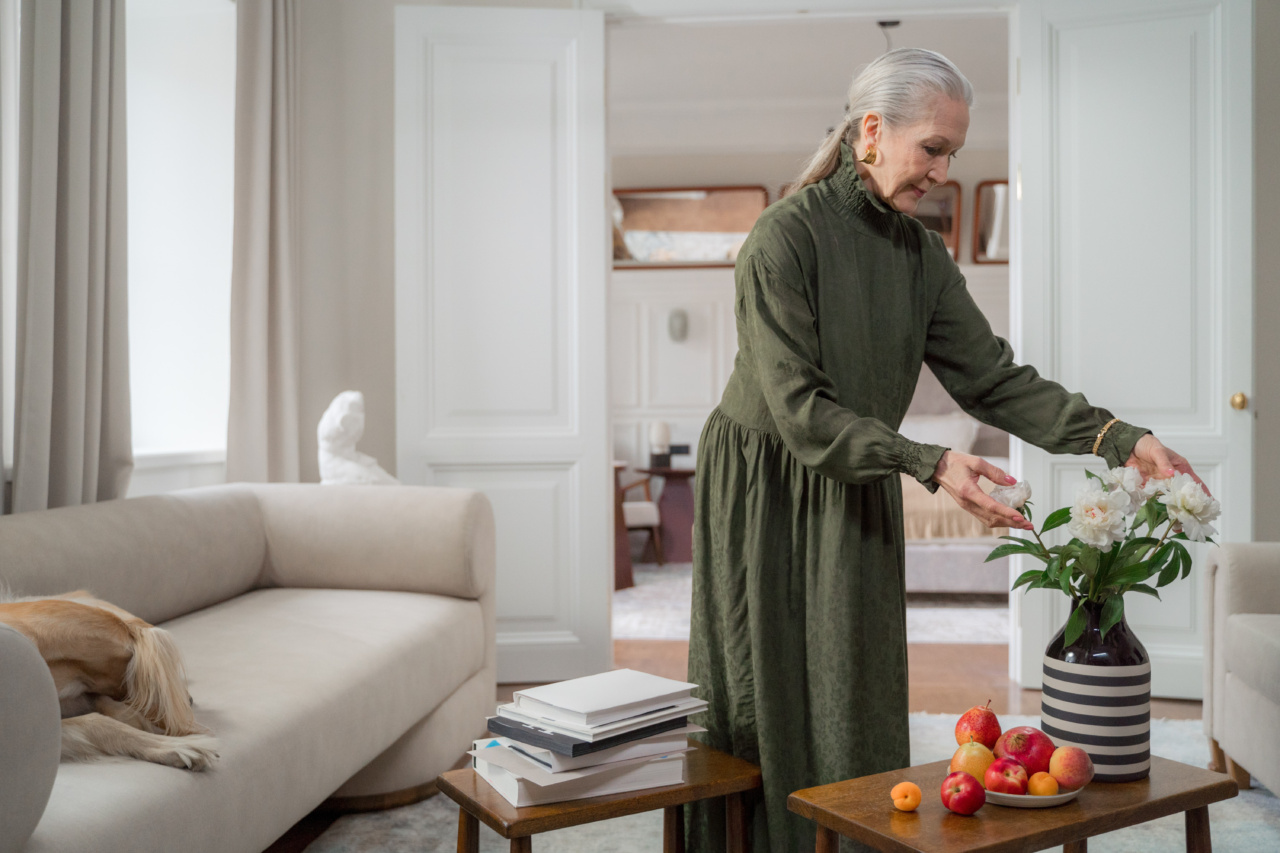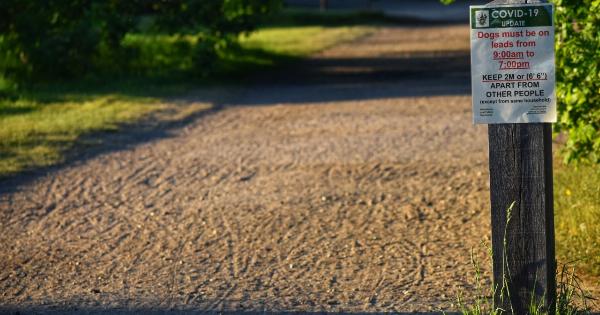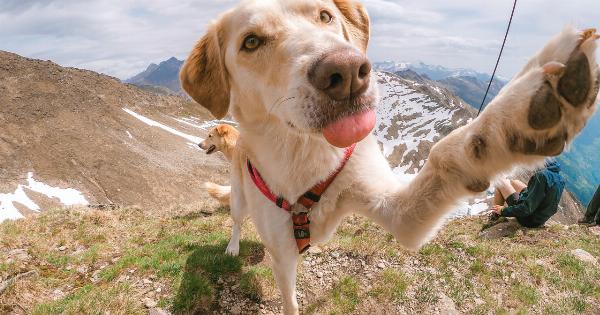Many dog owners have experienced the dilemma of their furry friend feeling uneasy or anxious when visitors come over. Dogs, being animals with instincts rooted in their ancestry, often react to unfamiliar people invading their space.
While some dogs may warmly welcome guests, others may display signs of distress, fear, or aggression. Understanding why your dog may be uncomfortable with visitors is crucial in order to address this issue properly and ensure a peaceful and stress-free environment for everyone involved.
1. Lack of Socialization
One possible reason for your dog’s discomfort with visitors is a lack of proper socialization during their formative years.
Puppies that haven’t been exposed to various people, environments, and experiences may become anxious or fearful when faced with new individuals. Socializing your dog from an early age is essential to help them feel more comfortable and confident around strangers.
2. Negative Past Experiences
Another common cause for a dog’s discomfort with visitors can be negative past experiences. If your dog has had traumatic encounters with strangers in the past, they may associate all visitors with that negative experience.
It could be an instance of mistreatment or an accident that triggered fear or anxiety. These associations can be challenging to overcome but with patience and positive reinforcement, they can be gradually diminished.
3. Protective Instincts
Dogs are naturally protective of their immediate family and territory. They may consider visitors as potential threats to their pack or personal space.
This protective instinct can manifest as aggression or defensive behavior, making your dog uncomfortable with the presence of strangers. Understanding and managing this instinct is crucial in preventing any unwanted confrontations.
4. Lack of Clear Rules and Boundaries
Just like humans, dogs thrive on structure and consistency. If your dog hasn’t been taught clear rules and boundaries, they may become overwhelmed or uncertain when faced with new people or situations.
By establishing a foundation of obedience training and reinforcing boundaries, you can help your dog feel more secure and less stressed around visitors.
5. Sensory Sensitivity
Some dogs are more sensitive to sensory stimuli than others. Visitors may bring unfamiliar sounds, smells, or movements into your dog’s environment, which can cause discomfort or anxiety.
This sensitivity could be due to a variety of factors, including genetics or past experiences. Recognizing and managing your dog’s sensory sensitivities can significantly improve their comfort level around visitors.
6. Lack of Confidence
Dogs, similar to humans, can lack confidence in certain situations. If your dog lacks self-assurance, they may feel apprehensive or uncomfortable when visitors arrive.
Building your dog’s confidence through positive reinforcement training and gradual exposure to new experiences can help them feel more at ease around guests.
How to Fix Your Dog’s Discomfort with Visitors
1. Gradual Exposure and Positive Reinforcement
Introduce your dog to visitors gradually and in controlled environments. Start with calm, familiar individuals and reward your dog with treats, praise, and affection for calm behavior.
Gradually increase the exposure to different types of people, ensuring positive associations are consistently reinforced.
2. Obedience Training
Consistent obedience training can help establish boundaries and reinforce your role as the leader.
Teaching your dog basic commands and enforcing them in the presence of visitors can provide them with a sense of security and confidence in uncertain situations.
3. Create a Calm Environment
Prioritize creating a calm environment before visitors arrive. Ensure that your dog has had ample exercise, mental stimulation, and proper rest. A tired and content dog is more likely to exhibit relaxed behavior in the presence of visitors.
4. Counter-Conditioning
Counter-conditioning involves changing your dog’s emotional response to visitors by associating their presence with something positive.
This can be done by having visitors toss treats towards your dog, play a favorite game, or engage in activities that your dog enjoys. Gradually, your dog will start to connect visitors with positive experiences.
5. Seek Professional Help
If your dog’s discomfort with visitors persists or escalates despite your efforts, it may be beneficial to seek help from a professional dog trainer or behaviorist.
They can assess the situation, identify any underlying issues, and provide you with a customized training plan to address your dog’s specific needs.
Conclusion
Understanding the reasons behind your dog’s discomfort with visitors is the first step towards resolving this issue.
Whether it’s due to lack of socialization, negative past experiences, protective instincts, unclear boundaries, sensory sensitivity, or lack of confidence – there are techniques and strategies to help your furry friend feel more at ease around visitors. Patience, consistency, and positive reinforcement are key elements throughout the process. With time, effort, and potentially professional guidance, your dog can learn to greet visitors with confidence and a wagging tail.


























